- Category
- War in Ukraine
Secret Fraternities, a Temple of War, and Espionage Globally. What Does the Russian Orthodox Church Hide?
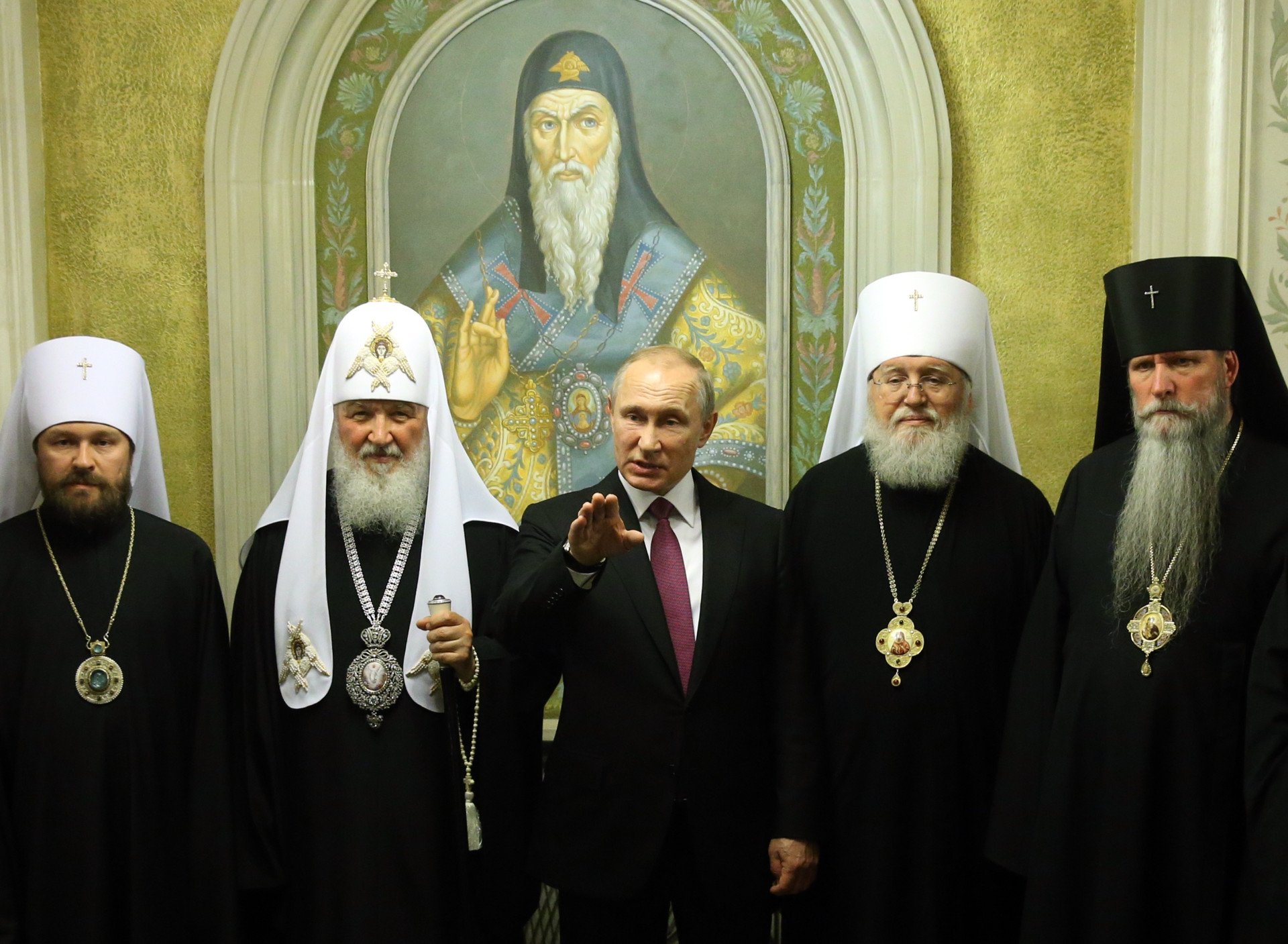
With the influence of Patriarch Kirill, the Russian Orthodox Church's interests and influence have long extended beyond religious activities—and they’re not limited to Russia or even the European continent.
In April, Moscow priest Dmitry Safronov was banned from ministry and demoted to a psalmist by decree of Patriarch Kirill. It took only a memorial service at the grave of slain Russian opposition leader Alexey Navalny for him to be removed from service and sent to a monastery for "conditional punishment." Earlier this year, five priests and two deacons of the Lithuanian Diocese of the Russian Orthodox Church (ROC) publicly condemned Russia's war against Ukraine, which also led to their defrocking.
These are just some of the numerous cases that have become known to the media. Almost all of the 300 ROC clergy who signed an anti-war petition in March 2022 have faced persecution.
However, the exact number of persecuted priests is unknown, as regional cases often go unnoticed by the media. Today, the ROC demands total support for the war in Ukraine and the militarization of the country from its clergy. Among all Christian churches represented in Russia, only the ROC punishes its clergy for anti-war positions, although other denominations also face repression from law enforcement if deemed "inappropriate."
Who leads the Russian Orthodox Church?
Since taking over the ROC in 2009, Vladimir Gundyaev, now known as Patriarch Kirill, has facilitated the final merger of the Russian church with the government. Even before this, as a metropolitan, he was a well-known figure in the country. His name appeared in one of the biggest scandals of the 1990s. In 1997, journalist Sergei Bychkov of the then-influential publication "Moskovsky Komsomolets" published a series of articles on cigarette and alcohol trade, calling the then-Metropolitan of Smolensk and Kaliningrad (now Patriarch of Moscow and All Russia) Kirill the "Tobacco Metropolitan."
In 1996, the ROC was granted the right to import excise goods duty-free and took full advantage of that. Within eight months of 1996, 18 billion duty-free cigarettes and 21 million liters of wine were imported into Russia. The value of customs benefits exceeded one trillion rubles. The scale of tobacco imports accounted for 35% of Russia's total cigarette imports (52 billion pieces) and about 6% of the Russian tobacco market.
Kirill has also repeatedly been involved in scandals due to his love for luxury, which is unusual for a spiritual leader. For example, he built an illegal $250 million "summer cottage" in Gelendzhik, Russia.
Sometimes, ROC PR people tried to hide Kirill’s love for luxury—but not very successfully. They edited out Kirill’s $30,000 Breguet watch from his wrist in a photo, but people online noticed, and it became a meme.
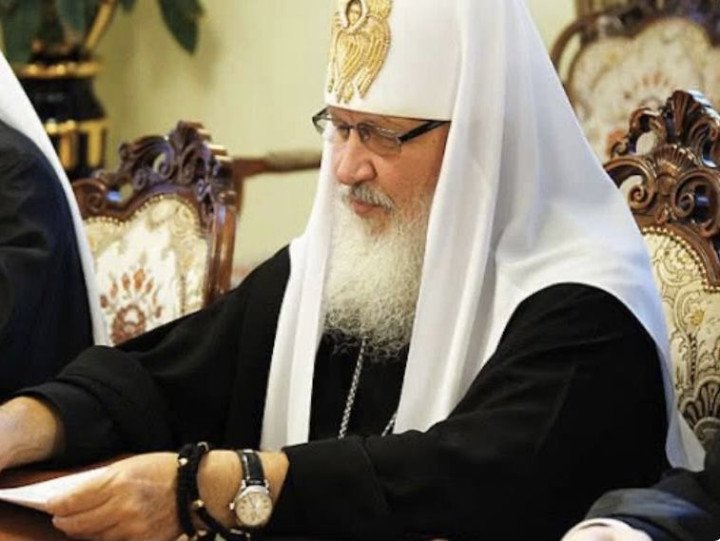
Under the current Patriarch, the ROC has become the wealthiest Orthodox church in the world. It manages hundreds of tax-exempt enterprises, such as publishing houses, hotels, jewelry stores, and more. One example is the Sofrino plant, which produces goods ranging from furniture to religious icons. Dioceses strongly recommend purchasing from there. The ROC's well-known holdings also include the Danilovskaya Hotel in Moscow.
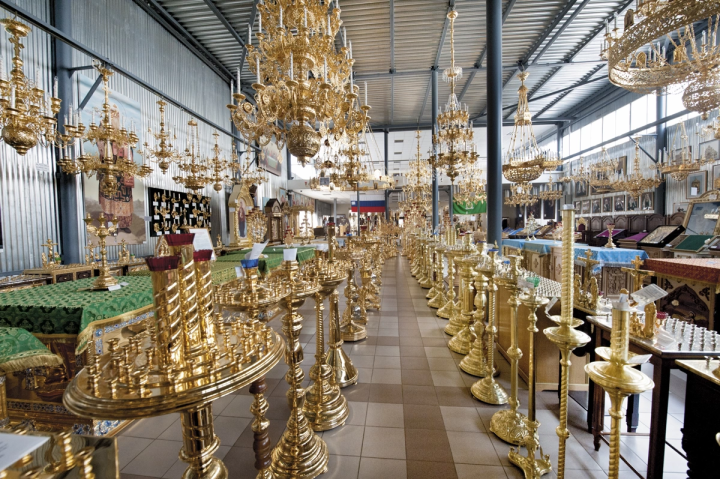
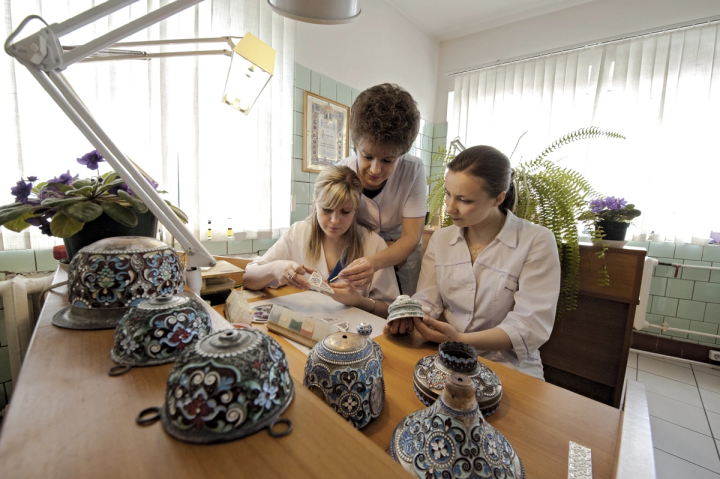
The ROC is a giant corporation that, according to investigations, received $72 million in untaxed profits in 2014. Unofficial estimates suggest its total annual income could be $500 million. Part of this money goes to Kirill as "taxes" from each of the churches. In 2018, it was established that the patriarchate received over $13 million from Moscow churches alone.
However, the ROC's extrareligious interests are not limited to money. With each year, they lean towards "spiritual" militarism.
From business to militarization
In 2020, a scandal broke out in Russia over the opening of the Church of the Armed Forces of the Russian Federation, near Moscow. One reason for the scandal was a mosaic with the images of Putin and Joseph Stalin on the church’s walls.
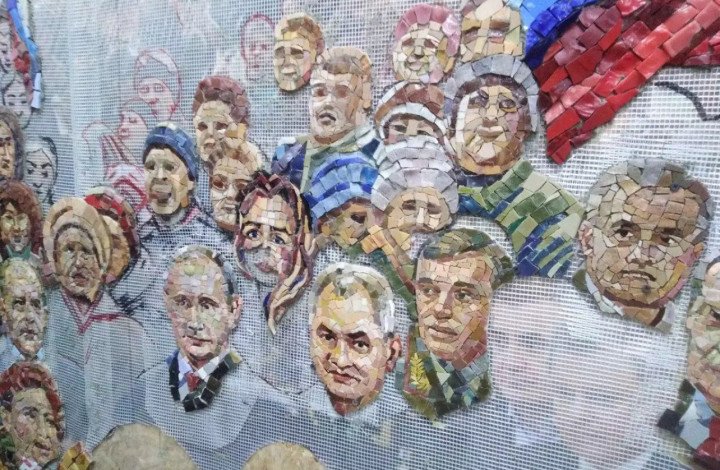
The cathedral has a lot of symbolism, but it is mainly dedicated to the "victory in the Great Patriotic War" (in Russia, this is the name of the Second World War, which, in their opinion, began in 1941, not in 1939). The temple walls are decorated with images related to the war. In addition, military artifacts—like tanks, cannons, etc.—were used in its construction.
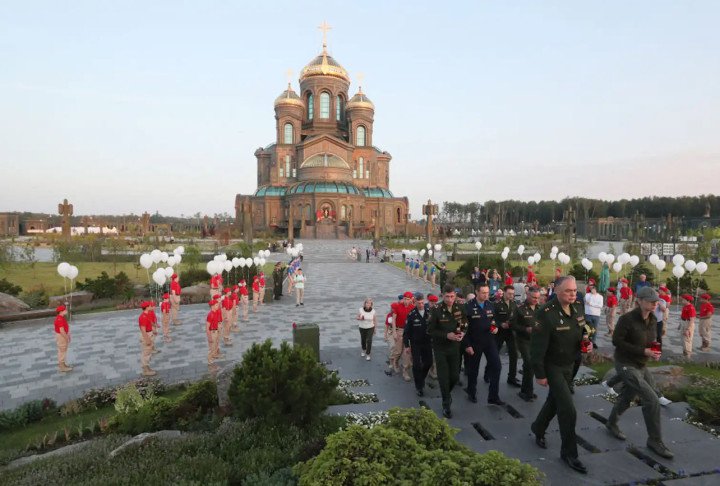
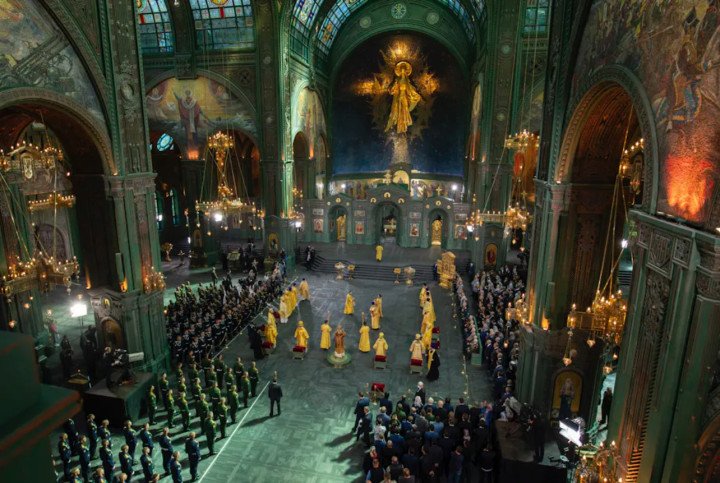
However, this is not the first "religious shrine" with a touch of belligerence. In 2007, the previous patriarch of the ROC, Alexy II, proclaimed Saint Seraphim of Sarov "the patron saint of nuclear weapons." In 2023, the current Patriarch emphasized that the development of weapons took place with the "direct participation of Seraphim."
Saint Seraphim of Sarov "the patron saint of nuclear weapons"
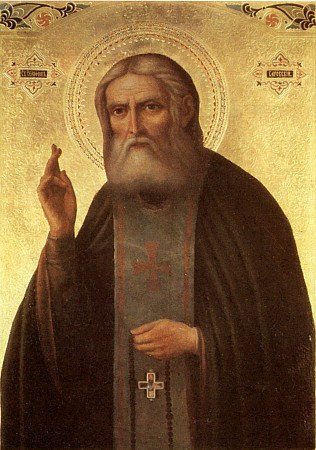
Seraphim is always mentioned in this area for a reason. Since 1947, there has been a Nuclear Center on the territory of the Sarov Monastery, which today is part of Rosatom.
Not far from the Sarov Monastery is the Diveyevsky Monastery, covered with an equally "mystical" aura. There, an elite secret "brotherhood" was formed, funded by Rosatom, among others. The elite brotherhood includes high-ranking officials, businessmen, and clergy. Among them are Defense Minister Andrey Belousov and Prime Minister Mikhail Mishustin. It even included the owner of the Wagner Group, Yevgeny Prigozhin, until his elimination in 2023.
Joining this "secret" club is only possible with the blessing of the Patriarch and the President's permission, who is also a frequent guest within the monastery walls.
The militarization of the Russian Church occurred long before the first modern manifestation of Russian aggression against Ukraine. However, since 2014, its participation in the war against Ukraine has become increasingly significant.
The role of the ROC in the war against Ukraine
In October 2023, the Security Service of Ukraine (SBU) established that, with the support of Russian representatives of financial and industrial groups as well as donations from parishioners for the "needs" of churches, the ROC leadership has been creating private military companies (PMCs). One of these PMCs is the "St. Andrew's Cross" at Kronstadt Naval Cathedral in St. Petersburg. Mercenaries for the war against Ukraine, recruited among parishioners, study theory in the cathedral walls, and practical classes at polygons.
Priests themselves are active participants in the war against Ukraine, not just verbally. In May of this year, it became known about 1,300 Moscow clerics who joined the Russian army. The ROC welcomes such phenomena and even awards such priests.
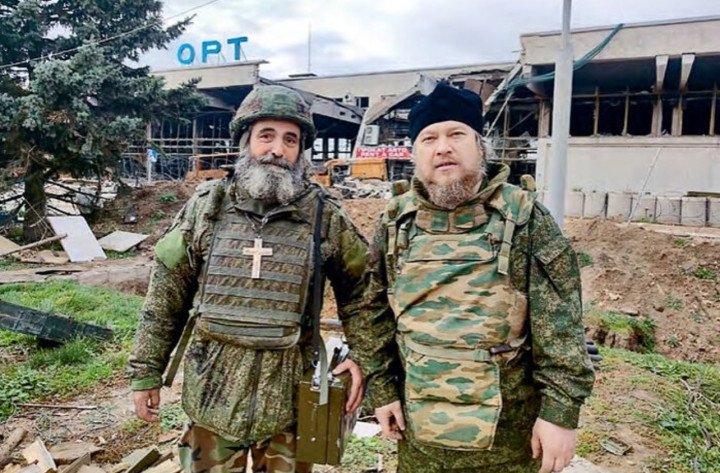
Those who actively promote the ideas of the "Russian world" and aggression, which do not fit the classic notion of the church's role in society, also receive public recognition. Meanwhile, the small number of priests who replaced the word "victory" with "peace" in their prayers are punished by being defrocked.
In early 2024, the leadership of the ROC appointed Andrey Tkachev rector of the Holy Trinity Church instead of the dismissed Alexey Uminsky, who headed this parish for 30 years. Tkachev is known for justifying the Kremlin's war crimes, in particular on Central Russian TV channels. In the spring of 2023, the SBU informed Tkachev of suspicion of subversive activities against Ukraine. The collected evidence base includes calls to kill Ukrainians, which Tkachev publishes in his "sermons" on his channels on Telegram and YouTube, with an audience of 1.3 million subscribers.
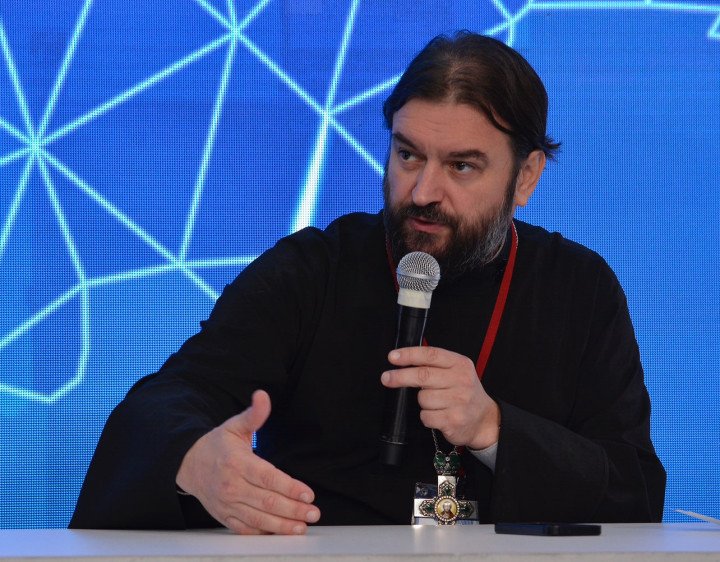
The ROC's "carrot and stick" policy towards its "subordinates" has led to about 40,000 Russian clergy either remaining silent or trying to gain the leadership's favor, increasingly supporting Putin and Kirill's ideologies.
"After the completion of the "special military operation", the entire territory of modern Ukraine should enter the zone of exclusive influence of Russia. The possibility of the existence of a political regime hostile to Russia on this territory, as well as a political regime controlled from an external center hostile to Russia, should be completely excluded," — from the order of the XXV World Russian People's Council "Present and Future of the Russian World."
International espionage network
But for Kirill, the boundaries of the "Russian world" are not only defined by language but also by the spread of ROC ideology far beyond Russia. Today, the ROC is the largest of the 16 Orthodox churches in the world, with tens of thousands of branches from California to Kazakhstan. According to various sources, from 90 to 180 million people are parishioners of the ROC in Russia and abroad.
There are now open discussions worldwide that ROC structures may be used for espionage. "The church may be even more closely linked to the Putin regime than many observers assume, with potentially significant implications for the Kremlin's overseas influence," the FBI said in 2023, adding that Russian intelligence is trying to gather information from ROC churches in the USA. At the same time, the US also emphasized that the Russian Church is involved in espionage in several other countries.
Within a short period, this was confirmed in two European countries. North Macedonia and Bulgaria have expelled Russian and Belarusian clergy for involvement in Russian espionage and the implementation of various elements of the Russian hybrid strategy. Less than six months later, the Estonian Border Guard (PPA) recognized Metropolitan Yevgeny, head of the Estonian Orthodox Church of the ROC, as a threat to the country, leading to the revocation of his residence permit.
However, despite the substantial evidence of ROC's involvement in espionage, European governments have not reached a consensus on the future of Russian churches in their countries. Instead, Russia uses this to expand its military influence. Less than a year after, the European Parliament’s Ad Hoc Committee on Foreign Interference in All Democratic Processes in the European Union, including Disinformation (INGE), discussed the Kremlin's ROC as a tool for infiltration into the EU and NATO states.
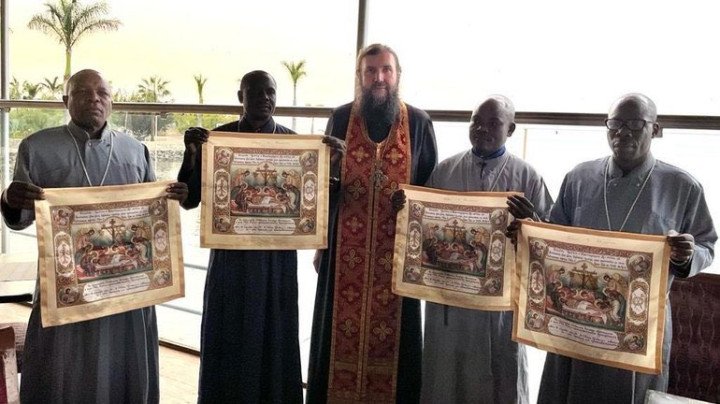
The Synod of the ROC formed its own Exarchate in Africa and accepted 102 priests from a number of African countries, openly claiming the canonical borders of the Patriarchate of Alexandria, thus violating regulatory agreements between the Orthodox churches.
Header image via Getty Images.

-6359eca46c72bde40a90abaaadd6eaa8.png)
-29a1a43aba23f9bb779a1ac8b98d2121.jpeg)


-206008aed5f329e86c52788e3e423f23.jpg)
